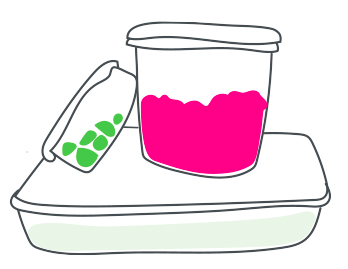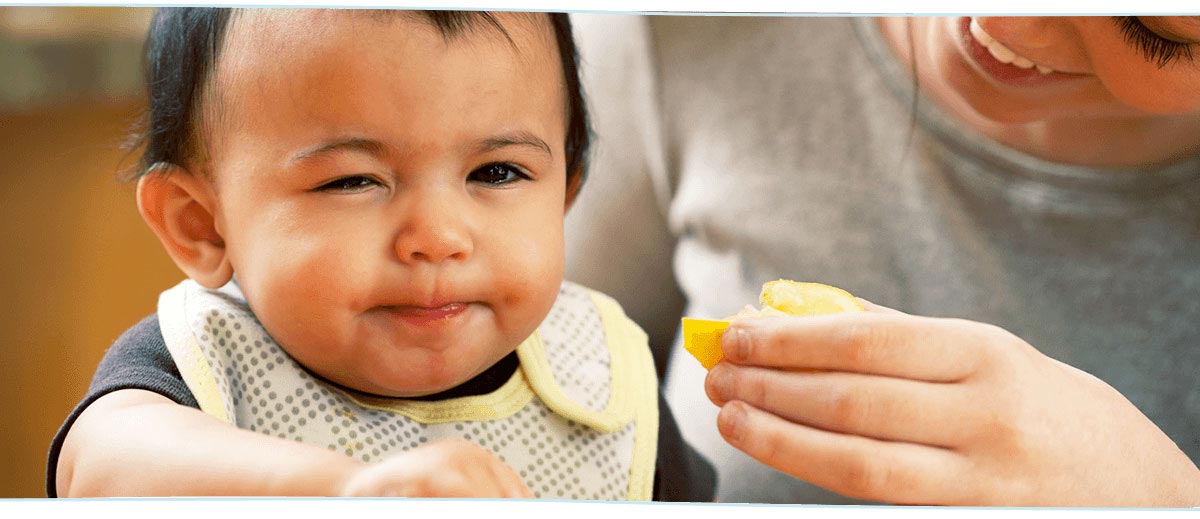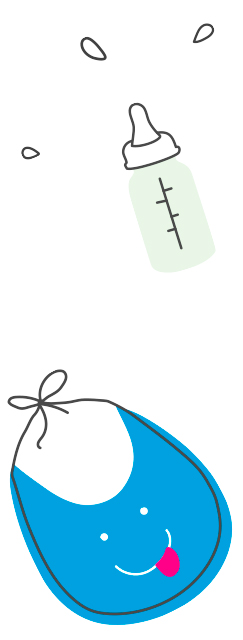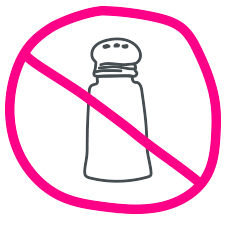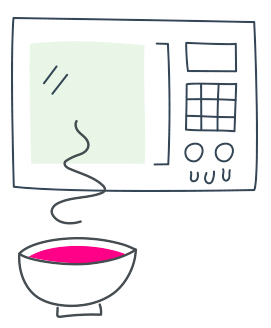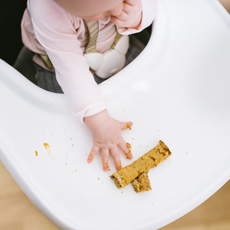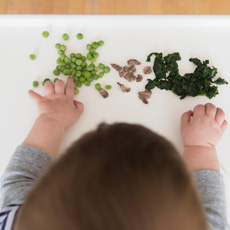Recognizing signs of hunger and fullness in your baby
DO learn to read your baby's appetite signals. By watching your baby for specific signals, you will learn to know his appetite. If your baby shows interest in the food you give him, it is because he is still hungry, and you can continue feeding him without hesitation. However, if he closes his mouth, refuses to eat, pushes his spoon away, turns his head, cries, or plays with his food, he is signaling that he has had enough to eat.
DON'T continue feeding your baby if you see these cues: turns his head away, refuses to open his mouth, pushes the spoon away, or cries when you try feeding him.
Ingredients and new foods for your baby
DO wait 2 to 3 days between each new food you add to your baby's diet. This will help you identify foods that your baby may have a reaction to.
DON'T season baby food. Babies do not need added salt or sugar.
